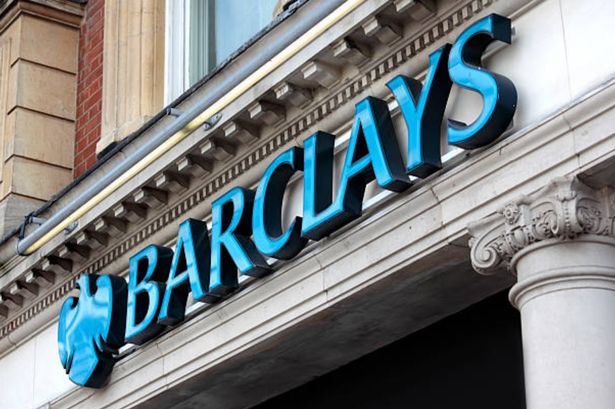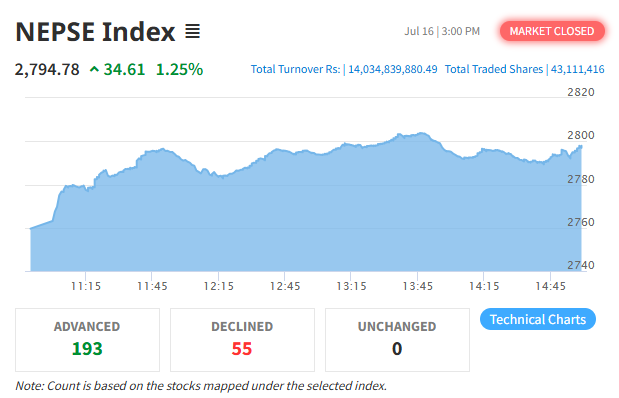Fourteen out of the 20 commercial banks in Nepal have reduced interest rates on individual fixed deposits effective from Shrawan 1 (July 17), the first day of the new fiscal year. The new rates mark a decline after having remained stable during the previous two months—Jestha (mid-May to mid-June) and Asar (mid-June to mid-July).
The new rates were published on Wednesday, following policy pressure from Nepal Rastra Bank (NRB). The central bank, in its monetary policy for the current fiscal year, lowered the lower limit of the interest rate corridor — the deposit collection rate — from 3% to 2.75%. Similarly, the upper limit — the bank rate — was reduced from 6.5% to 6%, while the policy rate was brought down from 5% to 4.5%.
These revisions have led to a downward pressure on interest rates across the banking sector. Financial analysts also attribute the decline to a spike in capital expenditure in Asar (mid-June to mid-July), which reduced the need for aggressive deposit mobilization in the following month.
Of the 20 commercial banks, 14 reduced their individual fixed deposit rates, while four banks — NMB, Machhapuchchhre, Siddhartha, and Global IME — kept their rates unchanged. NMB, Machhapuchchhre, and Global IME continue to offer a maximum of 6%, while Siddhartha Bank maintained its rate at 5.75%.
Himalayan Bank and Standard Chartered, however, increased their fixed deposit rates. Himalayan Bank raised its maximum rate from 5.50% in mid-June to mid-July to 6% in mid-July to mid-August for deposits of 5 to 10 years — a 0.5 percentage point increase. Standard Chartered Bank increased its fixed deposit rate slightly, from 6.25% to 6.26%, for deposits with a maturity period of 3 to 5 years.
Until a few years ago, banks offered more than 12% on individual fixed deposits. However, following the decision of the Nepal Bankers’ Association to end the gentleman’s agreement on uniform rates starting from mid-July 2023, interest rates have generally trended downward.
Commercial banks are allowed to revise interest rates on a monthly basis, and as per regulatory requirements, they must publish the applicable rates on the last day of each month for the following month. Accordingly, banks announced their revised rates on Wednesday.











